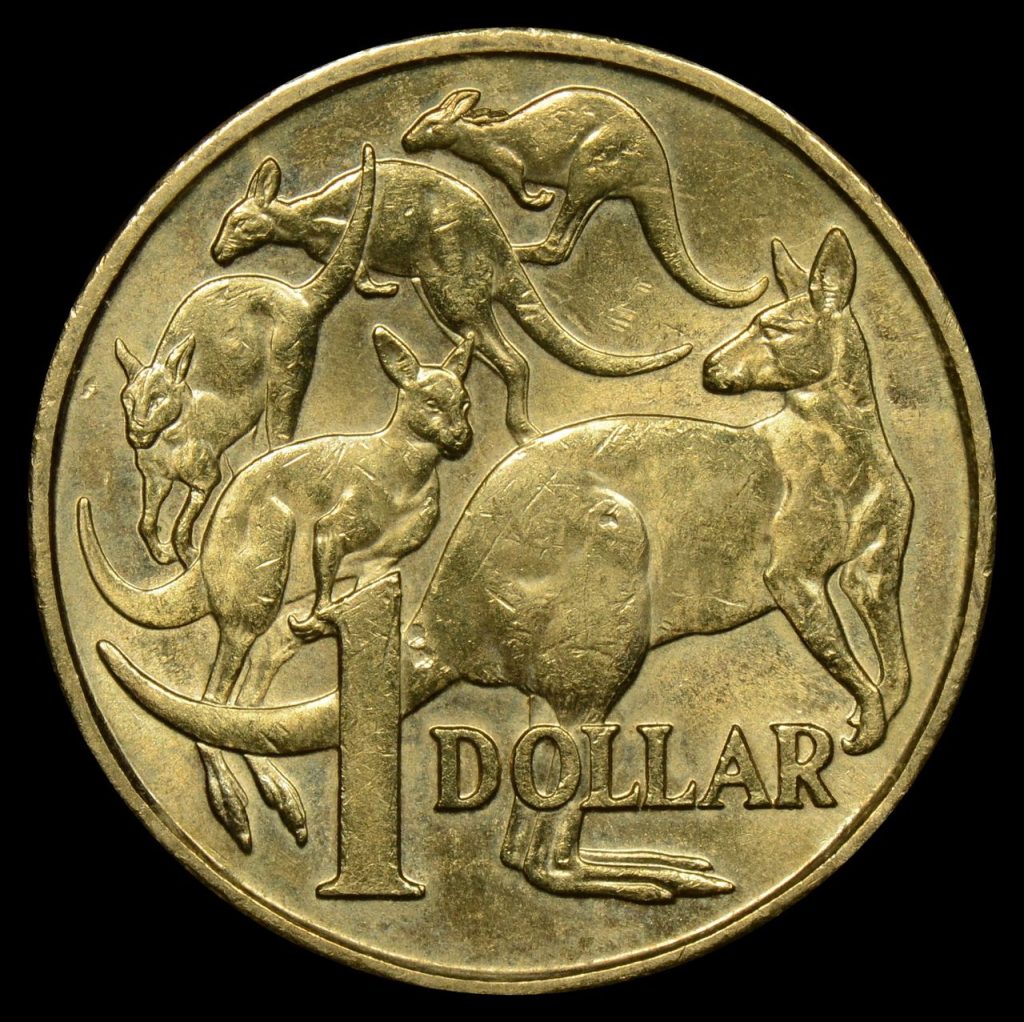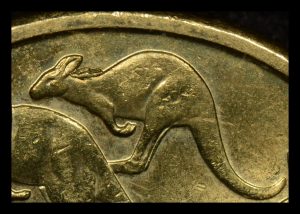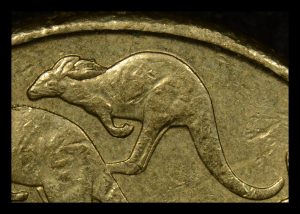What Went Wrong – Error coins that escaped the Mint
Those of you who are noodlers, or those that look closely and intently at their change will notice that quite often extra “features” can show up on a coin’s design. They appear as a coin die strikes more and more coins and wears or becomes damaged, appearing as raised lines or raised blobs. The lines are die-cracks, and (rather obviously) are caused because the coin die cracks and the coin metal fills those cracks. The “blobs” occur as bits of the coin die actually break off and the coin metal fills the new voids in the die. If the unintended blobs appear on the rim of the coin (because part of the die shank has broken) they are called “cuds”. If they appear in the centre of the coin’s design they are called “die-chips”.
The natural pattern-seeking brains of coin noodlers have sometimes given descriptive terms to these die chips, a phenomenon known as pareidolia. The best known of these in Australian coin collecting circles is the “rabbit-ear” dollar. Known as such because of the typically elongated die chip that tends to form on mob-of-roos dollars. It usually forms on the top-most kangaroo of the iconic five kangaroo design, an unintended ear sitting behind coin designer Stuart Devlin’s intended set of ears. Figure 1 shows a 2016 mob-of-roos dollar with a lovely rabbit-ear die chip clearly apparent. A word of warning to the new noodler, the rabbit-ear die chip should touch the actual ear of the kangaroo and not be isolated in the middle of the kangaroo’s back! Why? Because rabbit-ear purists call that isolated die-chip a “back-pack”. Let’s not even get started on “spew-roos” and “double-tails” and “flea-ears” because those are stories for another day.
One of the most interesting things about rabbit-ear dollars is that they are not confined to one year. In fact, they have been found on numerous years. We have observed rabbit-ear die chips on coins from 1984, 1985, 1994, 1998, 2000, 2006, 2008, 2009, 2010, 2013, 2015, 2016, 2018 and 2019. The rabbit-ear die chip is different each year as each die breaks in a unique way. Figures 2 and 3 show close ups of rabbit-ears on 2016 and 2010 dollar coins and each is clearly different.
What does this more than 30 year of rabbit-ear die chip history tell us? It tells us that the region just behind that top-most kangaroo is clearly a weak spot that tends to crack and break as a coin die is subjected to the rigours of striking thousands of coins. One possible reason for this being a weak spot is the acute angle that the kangaroo’s ears and back form with the field of the coin. This sharp angle could be a ‘stress-raiser’, an area of localised higher stresses and strains which leads to it breaking off in time.
The really great thing about rabbit-ear dollars is that each year the Royal Australian Mint strikes mob-of-roos dollars they are potentially creating a new variety dollar to add to your existing warren of rabbit-ear dollars!
Mark Nemtsas and Kathryn Harris own and run ‘The Purple Penny’ coin shop in Adelaide and are passionate about error coins.


